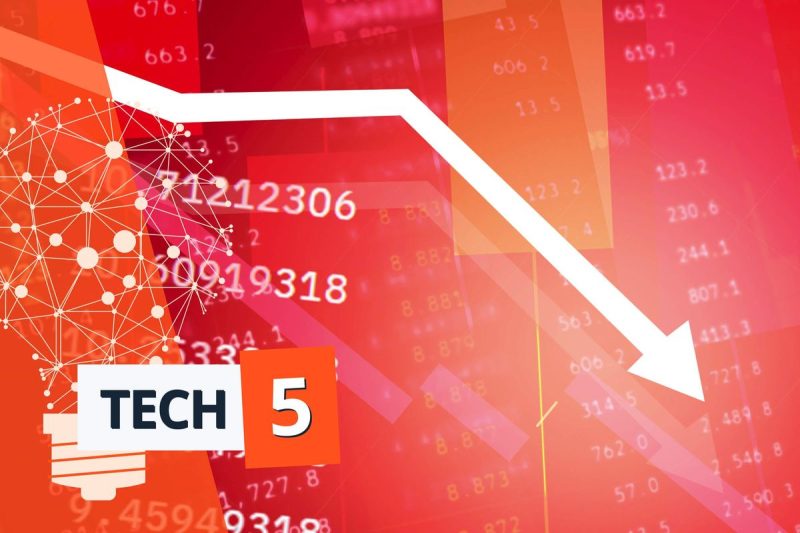Amid the shadow of global economic demands, several factors have triggered a massive sell-off in the world of technology, painting a vivid picture of the industry’s current landscape. With recession fears making headlines, the technology sector has felt the first icy blasts of what some describe as potential economic downturn, leading to fervent panic selling that turned the once-glittering sector into a market battleground.
Fears of a looming recession have been primarily nudged by rapidly shifting market sentiment, with investors becoming increasingly nervous due to gloomy market projections, unsettling trade wars, climbing interest rates, and more recently, unfortunate ripple effects related to the COVID-19 pandemic. These factors have begun to fragment technology company stocks, propelling an emotional shift among investors from ‘waiting it out’ to adopting a drastic ‘sell-at-all-costs’ course of action. But what caused this sudden tremor in the tech industry?
1. Market Uncertainty:
Overlying the tech market are significant uncertainties — both geopolitical and economic — that have started to dictate the tech sector’s roller-coaster tide. Investors are holding their breath, watching for any notable slide in consumer demand or corporate capital spending that could knock tech firm profits off balance. However, August’s mixed bag of earnings from the star-studded line-up of the technology sphere, along with future dimming growth forecasts, has shattered any lingering mirage of immunity from tumultuous global economic winds.
2. Geopolitical Tensions:
Another driver for the sell-off in the tech sector has been the escalation of geopolitical tensions, most notably U.S.-China trade disputes. This stand-off has seen American tech companies frantically cutting off supplies to Chinese tech entities, thereby unveiling a new chapter in the tech cold war. The cascading effects of these tensions have shaken investor confidence, sending signals of potentially damaging exposures and nudging them further down the panic selling spiral.
3. Interest Rate Hikes:
Spiking interest rates have also played a significant role in creating a heated selling environment. Higher borrowing rates can make it more expensive for companies to acquire financing for expansion or research and development efforts, potentially inhibiting growth and driving down stock prices. This is a particularly acute concern for tech companies, many of which heavily leverage debt to fuel their rapid expansion.
4. Pandemic Ripple Effects:
The COVID-19 pandemic has proven detrimental to almost all sectors, but its ruinous hit on technology has been discernible. A slowdown in global demand, coupled with disruptions in supply chains, has forced several tech companies to reevaluate their business models and forecasts, inciting investors to rebalance their portfolios away from what they perceive as vulnerable tech stocks.
While this technological sell-off may seem grim, some analysts believe it could be a phase of healthy consolidation, clearing the way for valuations to return to more sustainable levels. Regardless of how long it lasts, this episode has underscored the fundamental truth – that even the mighty technology sector is not impervious to broader economic pressures. It serves as a reminder for investors to constantly reevaluate their risk appetites and adjust their portfolios accordingly, even in times of relative economic stability.




